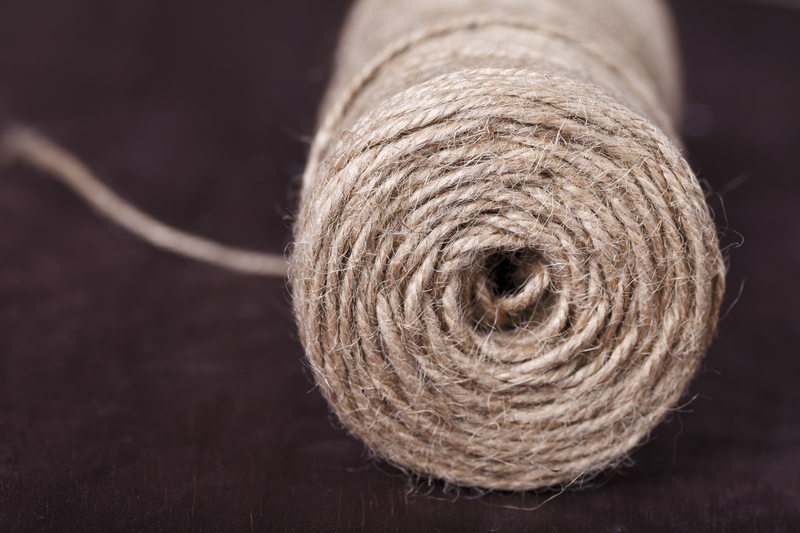Sharpening Garden Shears: DIY Guide
Posted on 26/09/2024
Garden shears are an indispensible tool for any gardener, and keeping them sharp is crucial for maintaining both their effectiveness and longevity. Dull shears can damage plants, cause user fatigue, and ultimately leave you with unsatisfactory results. This comprehensive DIY guide will walk you through the steps needed to sharpen garden shears, ensuring they perform at their best.
Understanding the Importance of Sharp Shears
Sharp garden shears make cleaner cuts, which are healthier for plants. This helps to reduce plant damage and the potential for disease. Additionally, sharp shears require less force to use, minimizing strain on your hands and wrists and making your gardening tasks more enjoyable.

Tools and Materials Needed
Before you can begin sharpening, you'll need to gather the right tools and materials. Here's a quick list:
- Metal file or sharpening stone: The file or stone should be appropriate for the metal of your shears.
- Lubricating oil: This will help protect the blades and make sharpening easier.
- Wire brush: This is useful for cleaning the blades before and after sharpening.
- Rags or paper towels: These will help with cleaning and drying the shears.
- Gloves and safety goggles: For your own safety while sharpening.
Steps to Sharpen Garden Shears
1. Clean the Shears
Start by thoroughly cleaning your shears. Use a wire brush to remove any dirt, sap, or rust from the blades. Pay special attention to the edges, as this is where most of the debris tends to accumulate. Once the blades are clean, wipe them down with a rag or paper towel.
2. Disassemble (if possible)
Many garden shears can be taken apart for easier sharpening. If your shears have a central bolt or screw, remove it and separate the blades. This will allow you to work on each blade individually, making the process more efficient and effective. However, if your shears are not designed to be disassembled, you can still sharpen them while they are intact.
3. Use a Metal File
When using a metal file, start by applying a few drops of lubricating oil to the blade. This reduces friction and helps the file work more smoothly. Hold the file at the same angle as the beveled edge of the blade, and push forward with steady, even strokes. Avoid using a sawing motion, as this can damage the blade. Continue filing until you achieve a sharp edge, usually about 10-15 strokes per blade.
What About Sharpening Stones?
If you prefer to use a sharpening stone, the process is similar. Wet the stone with water or oil (depending on the type of stone). Hold the blade at the same angle as the beveled edge, and move the blade across the stone in a forward motion. Repeat until the blade is sharp. Sharpening stones can often provide a finer edge than a file, making them a great option for those who want a razor-sharp finish.
Finishing Touches
After sharpening, it's time to reassemble your shears (if you disassembled them). Apply a light coating of lubricating oil to the blades to prevent rust and reduce friction during use. Test the shears by making a few cuts through thin branches or paper. If they cut smoothly without tearing, you've done an excellent job.

Maintenance Tips
Keeping your garden shears in good condition involves more than just sharpening. Here are a few maintenance tips:
- Regular cleaning: Clean your shears after each use to prevent sap and debris buildup.
- Frequent sharpening: Depending on usage, shears should be sharpened every 2-3 months for optimal performance.
- Proper storage: Store your shears in a dry place to prevent rust. Consider hanging them up or storing them in a tool box.
Conclusion
Sharpening garden shears might seem like a daunting task, but it's quite manageable with the right tools and a bit of patience. Regular maintenance, including cleaning and sharpening, will ensure that your shears remain in top condition, making your gardening tasks easier and more enjoyable. By following this DIY guide, you can keep your garden shears sharp and ready for any challenge that comes your way.



